The physical characteristics of superior thermal conductivity, strength, durability and shape and structure maintenance at absurdly high temperatures are a few of the reasons graphite is so popular. Due to the material’s low heat sensitivity, machined graphite tubes are often used in furnaces and heating components. Read More…
At Weaver Industries we specialize in manufacturing machined graphite parts and products. Our goal is to ensure that our customers get the right tools for their applications. We are leaders in the industry for our graphite machining processes which include recycling and reclaiming machined electrodes. Custom molded urethane and high quality carbon graphite are only a few of our other...
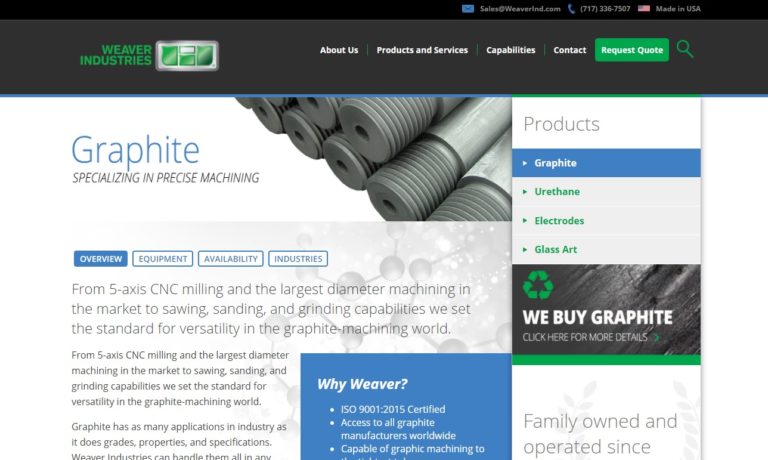
The Precision Machined Products Division of Dynamic Materials Corp. specializes in graphite machining, graphite machine work and graphite components for a variety of industries. We offer high-quality, cost-effective machined graphite in all shapes and sizes.

GraphiteStore.com offers graphite machining for graphite products and parts, including graphite rods, graphite fixtures and cathodic protection anodes. We stock certified grades or can obtain economical imported grades. GraphiteStore.com provides machined graphite to a number of diverse industries and markets.
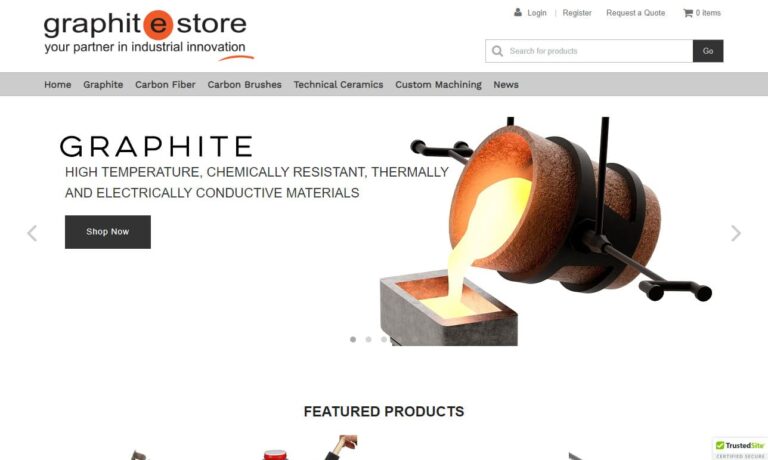
We provide superior solutions for customers with unique technology, special talents, and one-of-a-kind processes. Our solutions keep customers coming back time after time and our company longevity attests to the effectiveness of our processes. For all graphite machining needs, we can provide solutions to make your business better. Call or visit us online today for more information!
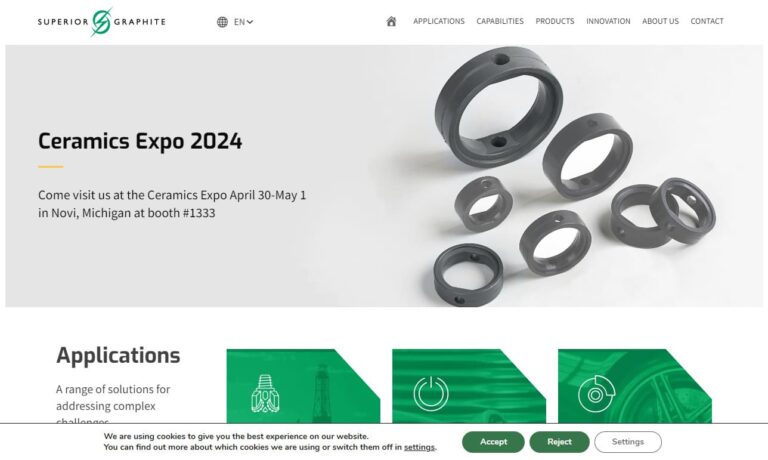
More Graphite Tube Companies
Graphite is more often used in degassing shafts and impellers, fluxing, and injection tubes.Graphite may be used in high-temperature applications since it maintains thermal stability and dimensions even at temperatures up to 5000°F. When used as carbon graphite, graphite can be used in products for recreational activity, such as kite or tent frames, kayak riggers and handles, and fishing rods. Due to its great corrosion resistance and resistance to thermal shock, graphite is the material of choice for items that will be subjected to intense environmental conditions.
Graphite Tube Forming Process
Graphite machining is used to create the tubes using processes such as extrusion, compression molding, or isostatic pressing. Each technique produces unique grades of graphite, useful for different purposes. Extruded or pressed graphite is often used in manufacturing operations. Graphite rods and plates that are isostatically crushed have substantially finer graphite particles and smoother surfaces. It’s easy to specify custom different lengths, diameters, wall thicknesses, and flexibility for tubes. In contrast to metals, graphite gets stronger as the temperature rises and is less prone to degrade with time or normal wear and tear.
Although coating graphite rods or tubes is optional, coating increases the product's tube life and corrosion resistance. Since siloxane can stop oxidation even at sustained high temperatures, it is frequently employed as a covering material in graphite machining. Metallic graphite mixtures are an option; however, pure graphite performs better in terms of electrical conductivity and durability. Although more costly, copper graphite may be a better alternative for applications that require more conductivity and strength than pure graphite.
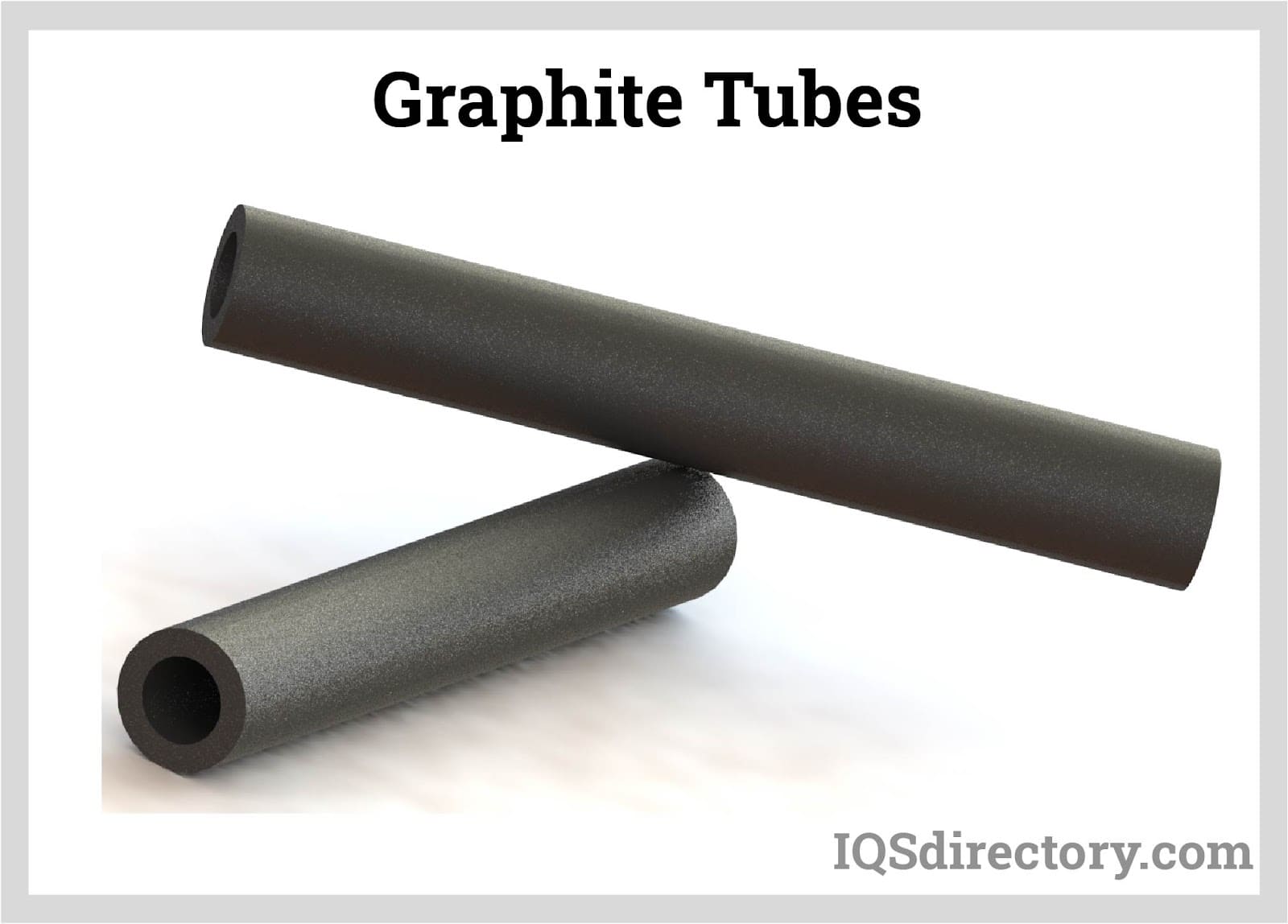
Types of Graphite Tubes
The different types of graphite tubes include:
Carbon-Bonded Tube
The carbon-bonded graphite tube is a combination of extruded graphite flour, lubricants, and resin. Together, these components form the tube. The tube is then put under a temperature of 1200°C. This makes a tube that contains both amorphous carbons and graphite. The lower production temperature reduces the electricity and the wear and tear on the furnace.
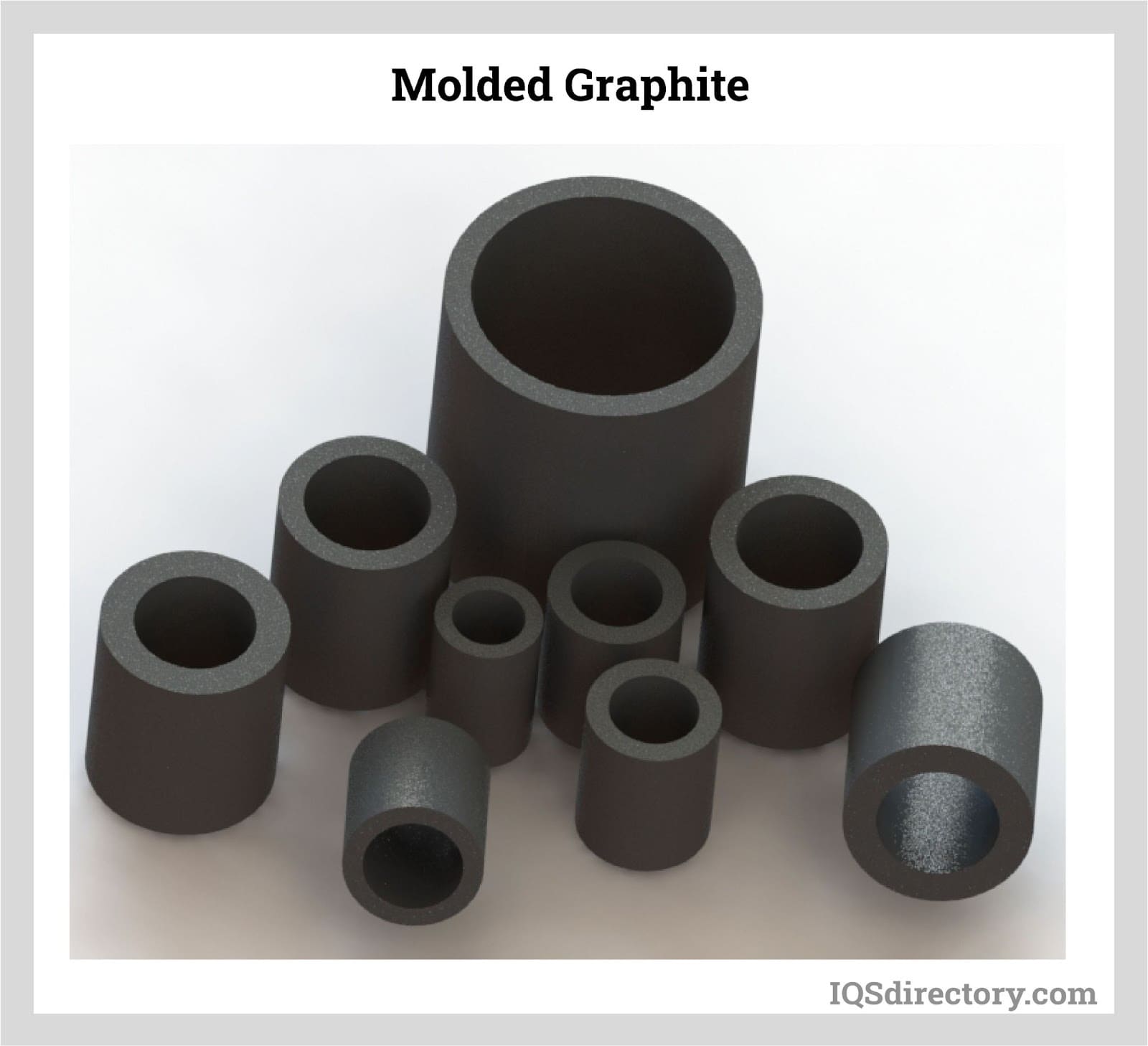
Carbon-bonded tubes may be more affordable than fully graphitized tubes. Carbon-bonded tubes have a porosity of 8 to 10%. This is considered impervious in a bake cycle with phenolic resin. It exhibits better thermal properties than a resin bonded pipeline. It also has increased thermal and mechanical shock resistance.
Resin Graphite Tube
A resin graphite tube consists of graphite powder mixed with a resin binder, which is then extruded to the required length. The large resin concentration creates a non-porous tube that does not require an extra stage of resin impregnation. The tube is subjected to heat at 250°C after the extrusion process and then cut to shape. Resin graphite tubes have the most significant benefit of expense.
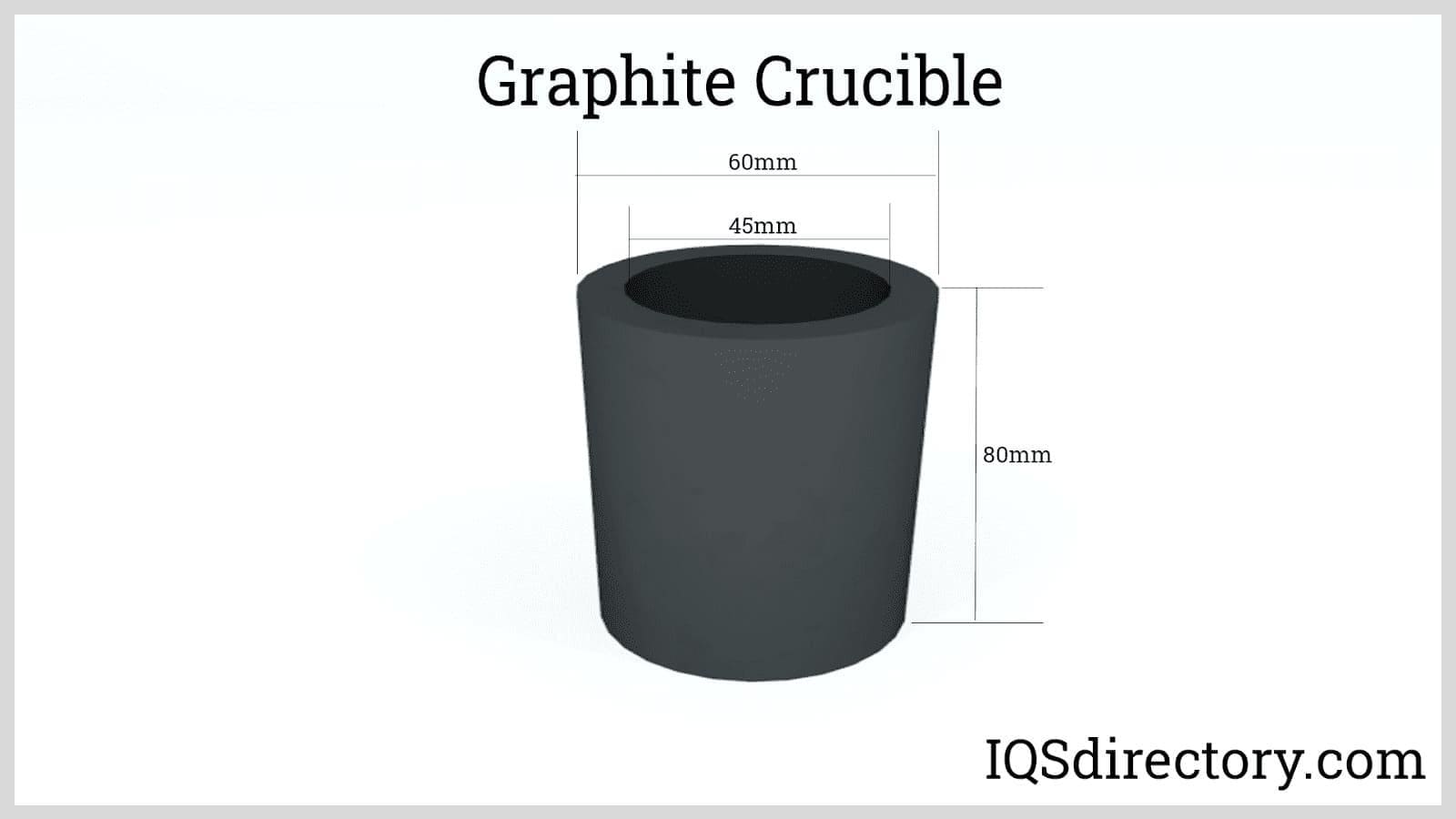
The expense can be as little as half that of a tube that is partially graphitized or completely graphitized. However, resin graphite tubes experience corrosion in higher temperatures and harsher environments. This significantly reduces the operating life of a resin graphite bar.
Fully Graphitized Tube
The fully graphitized tubes contain the same simple raw materials as the bonded graphite tubes with steel. The major difference is that in a graphitizing furnace, at 2800°C, the tube is graphitized after the forming process. In this phase, all amorphous oil is extracted. This results in excellent thermal properties. For example, fully graphitized tubes will have the lowest thermal expansion intensity, excellent fatigue tolerance, increased durability, flexibility, and highest thermal conductivity.
Pyrolytic Graphite Tubes
These types of tubes are made from the ideal pyrolytic material, as the coated surface is pure with zero porosity. These graphite tubes are coated with CVD coating. The default thickness of the membrane is usually 30 to 50 micrometers. Pyrolytic graphite tubes are synthesized materials created by the chemical vapor deposition process. The source of carbon for this process is natural gas, like methane. Since the control of the purity of the gas is easier than that of solid graphite, the purity of pyrolytic graphite could be extremely high. The total content of impurities is usually less than 10ppm. Pyrolytic graphite tubes have surfaces that consist of high carbon purity as well as strength with nearly zero porosity.
Applications of Graphite Tubes
- Graphite tubes are used in graphite furnaces. However, the graphite tube must be selected according to the target element and the sample composition.
- Graphite tubes are used for restricting chemical interference due to coexisting substances.
- Graphite tubes are used in the analysis of environmental and biosamples like seawater and industrial waste.
- Graphite tubes are used in most corrosive materials under the conditions of heat transfer.
Graphite tubes are utilized in the following industries:
- The chemical industry
- Metallurgy
- Pharmaceutical
- Electroplating
- Printing
- Environmental protection
Other Applications of Graphite Tubes
- Graphite can be used in extreme heat, and harsh environmental applications.
- Graphite is usd to form degassing shafts and impellers, fluxing, and injection tubes.
- Graphite tubes can form consumer products (e.g., kite or tent frames, kayak riggers, fishing rods, graphite pencils, steel production, lithium-ion batteries).
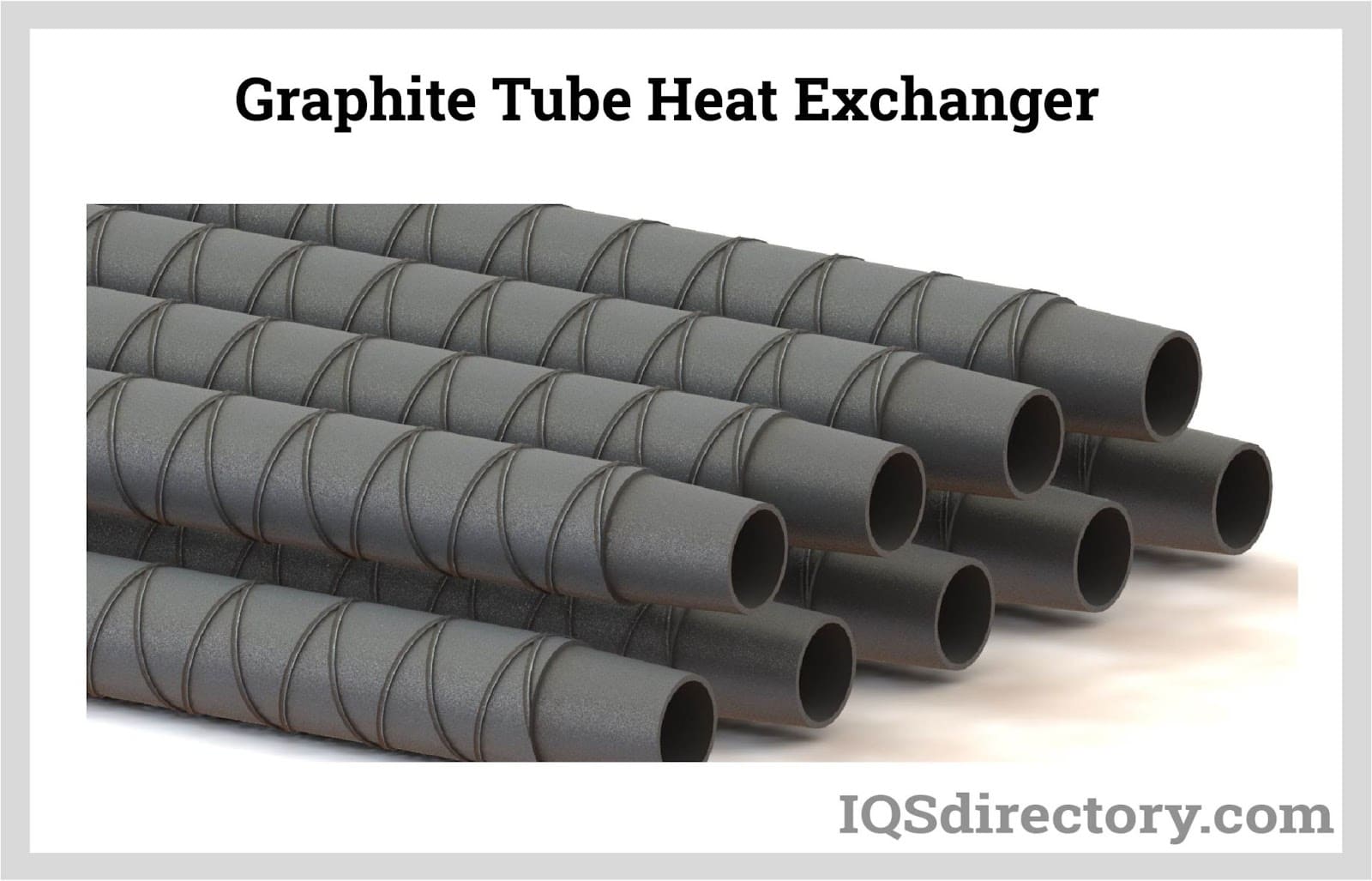
Benefits of Graphite Tubes
- Resistant to acids
- Structural strength
- Impact resistance
- High volume utilization and high heat transfer effect
- Long-lasting and easy to maintain
Other Advantages of Graphite Tubes
- When heated from room temperature to 2,000 °C, graphite has the unusual virtue of becoming stronger. The internal tensions in the material affect this characteristic. The internal stresses that occur at room temperature decrease as process temperatures rise, increasing mechanical strength as a result. Increased mechanical robustness enables smaller designs and fewer fixture support systems, which leads to larger batch sizes.
- Mechanical carbon-graphite grades are chemically inert, meaning they are unaffected by significant amounts of the majority of acids, alkalis, solvents, and other comparable compounds. As a result, parts and components created from this unique material are perfect for equipment used in food processing, chemical and fuel handling, as well as pumps, vanes, valves, and industrial processes where corrosion is a big issue.
- Carbon has exceptional thermal shock resistance and is a good heat conductor. Becker carbon-graphite has the ability to "draw" heat produced by friction at seal faces and diffuse it. In applications requiring extremely high thermal conductivity, a graphitized or metal impregnated grade may be desirable.
- Different impregnants are employed to fill the pores in mechanical carbon-graphite since it can be porous. Grades of graphite can range from extremely porous to completely impermeable. Some grades are challenging to process after impregnation, or shouldn’t even be machined. It’s best to work with engineers to choose the right grade for your application.
Choosing the Correct Graphite Tube Supplier
To ensure the most positive outcome when purchasing graphite tubes from a graphite tube supplier, it is important to compare several companies using our directory of graphite tube suppliers. Each graphite tube supplier has a business profile page illustrating their areas of experience and capabilities, along with a contact form to directly communicate with the supplier for more information or request a quote. Review each graphite tube business website using our proprietary website previewer to quickly learn what each company specializes in. Then, use our simple RFQ form to contact multiple graphite tube companies with the same form.

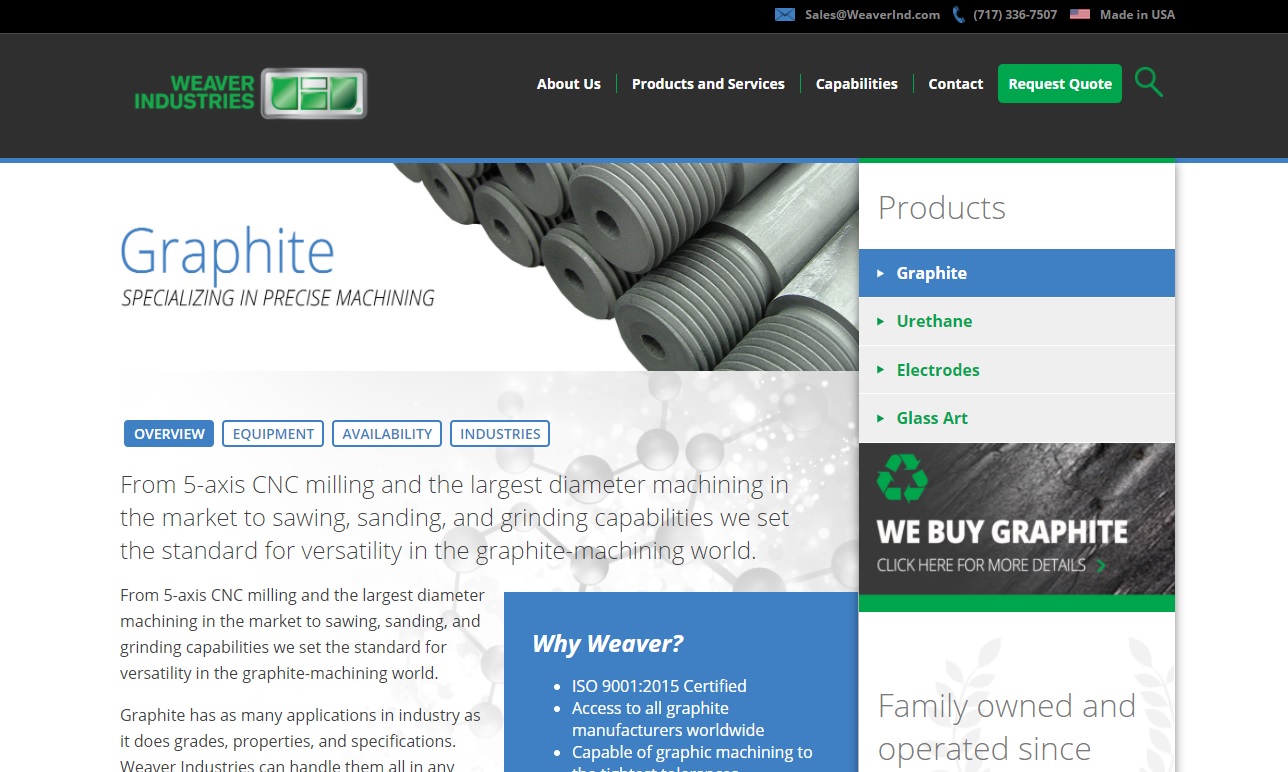

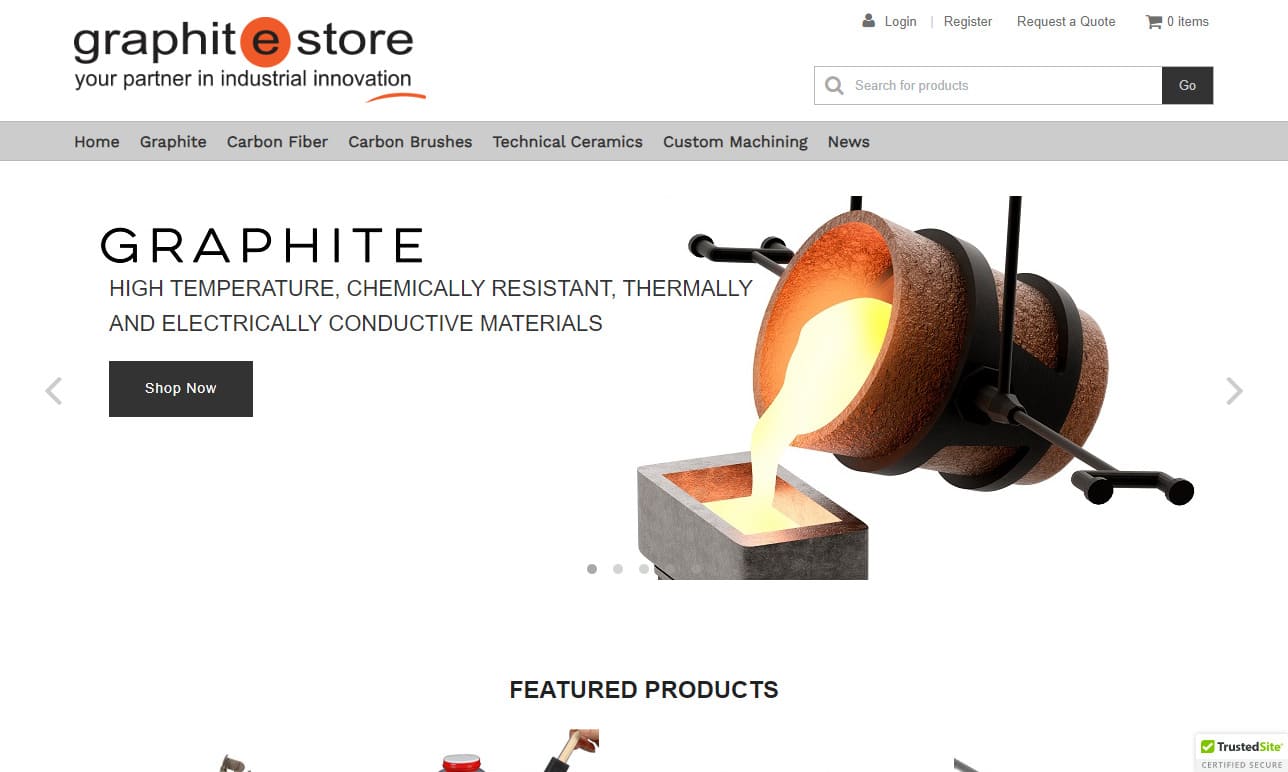
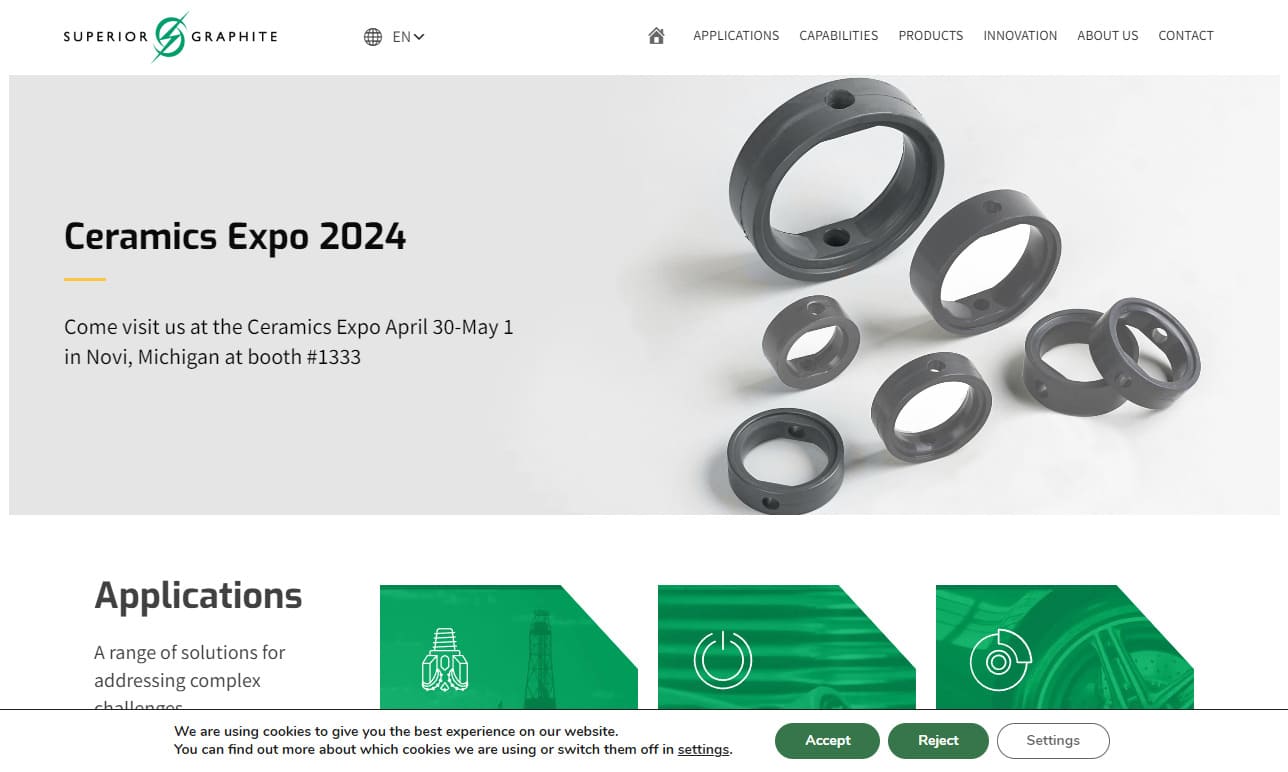

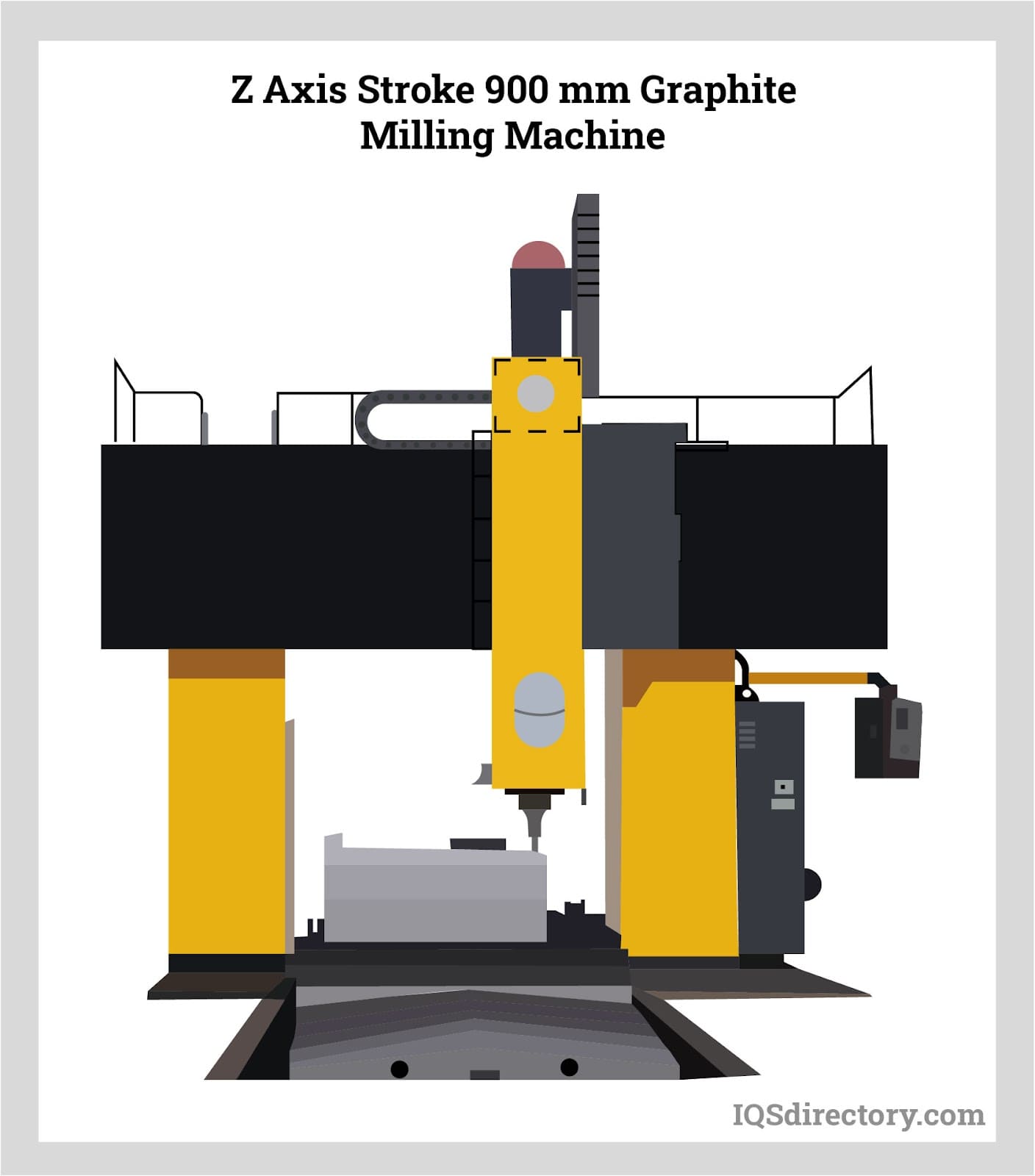
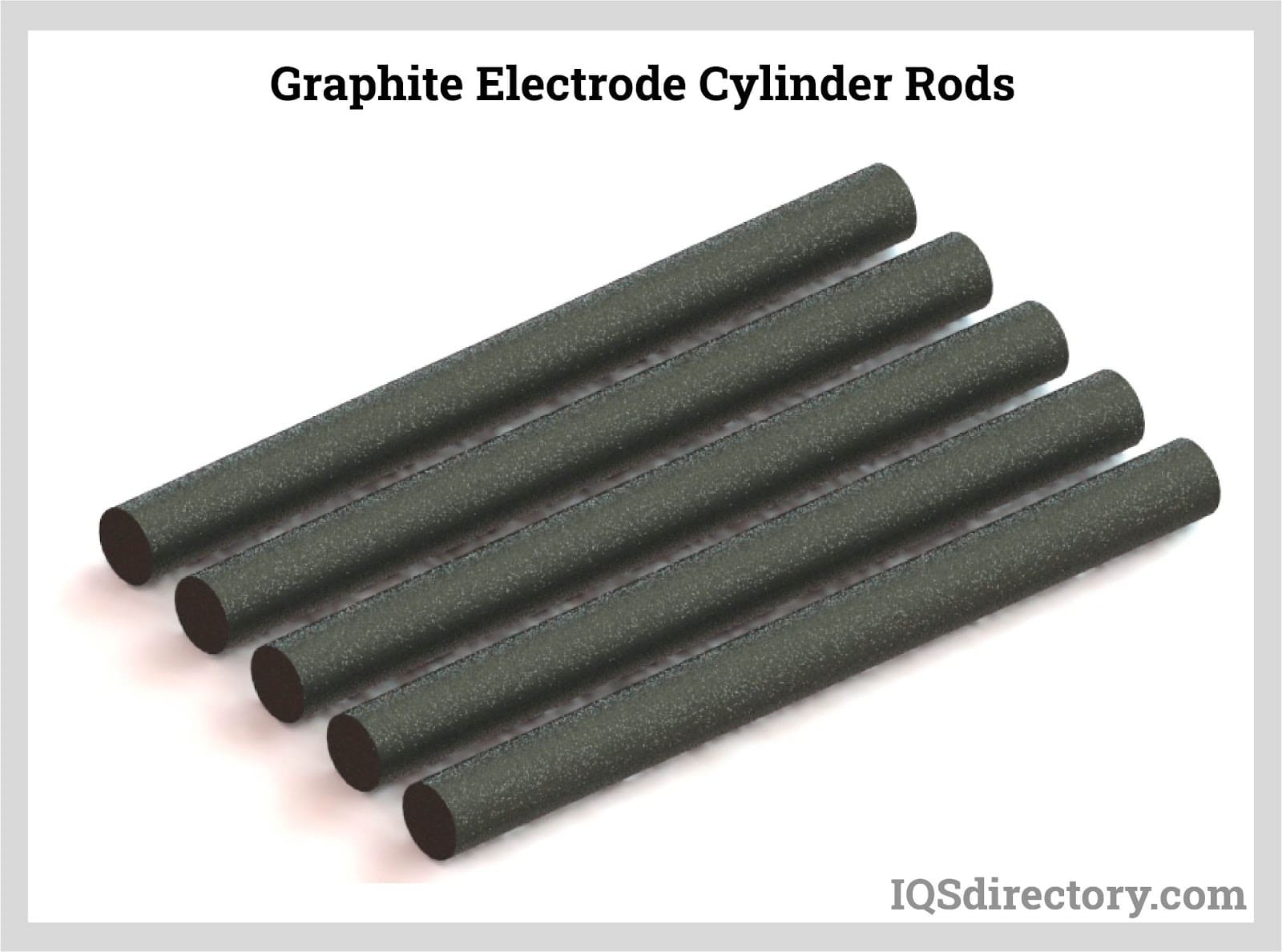
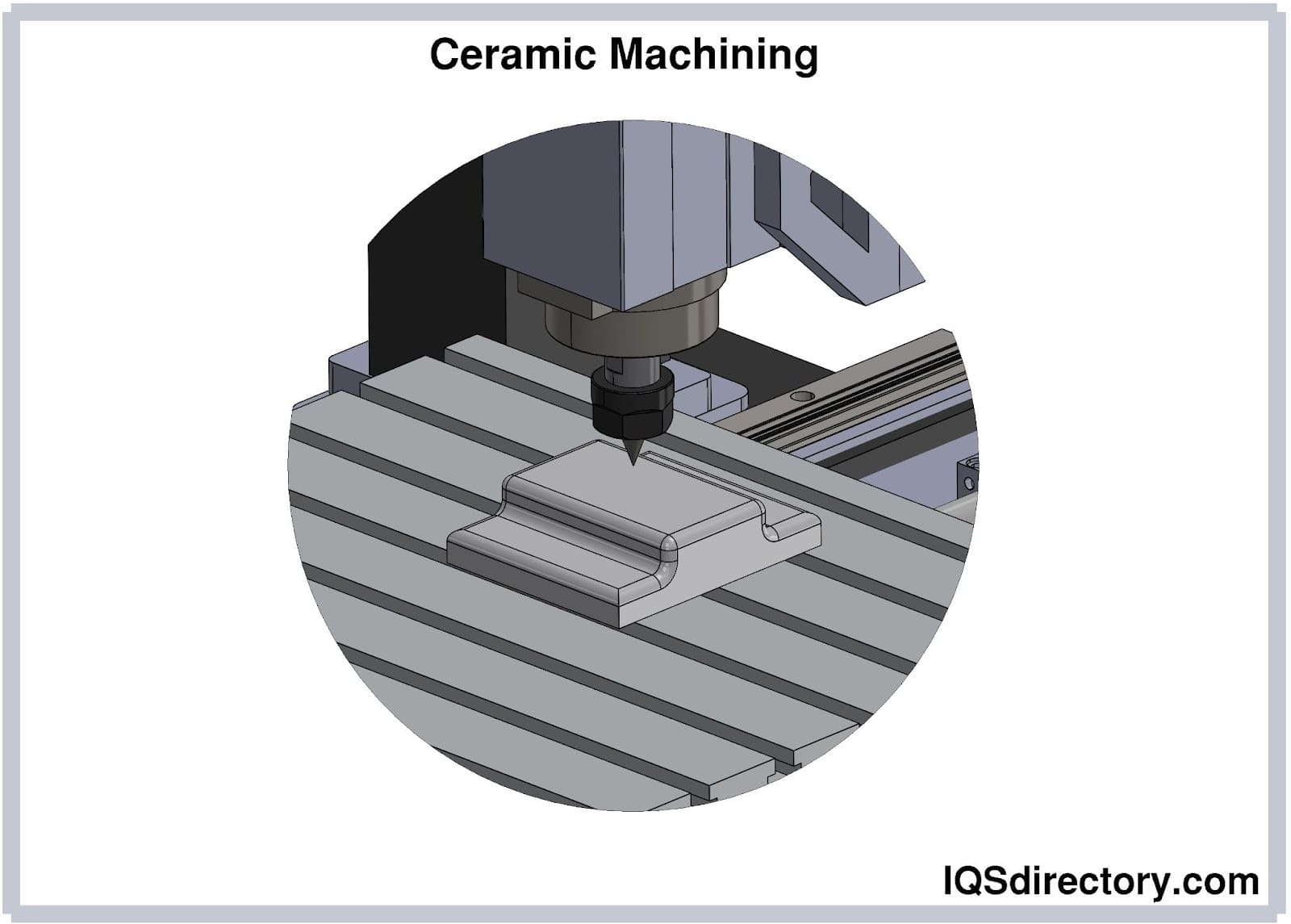
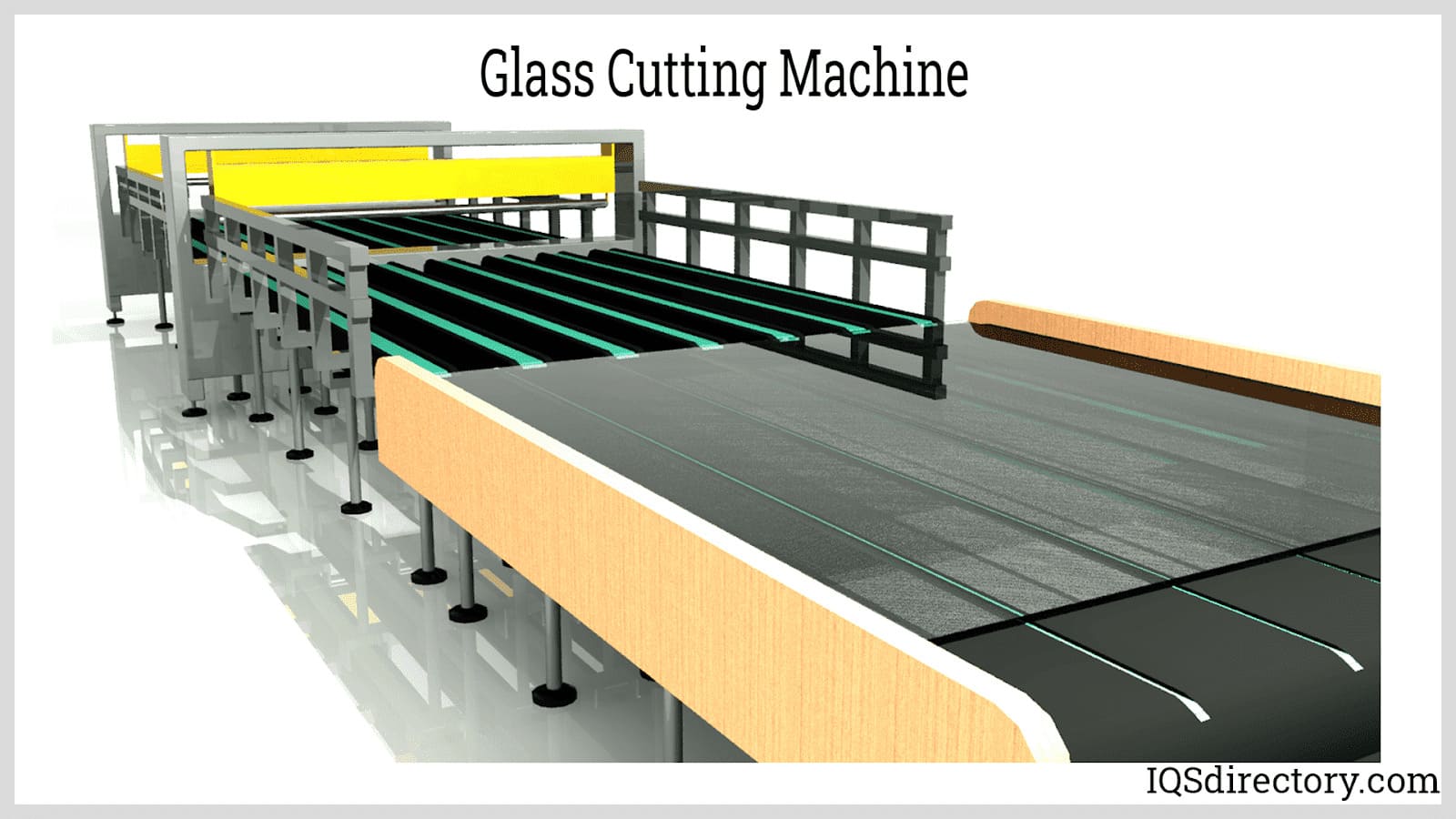
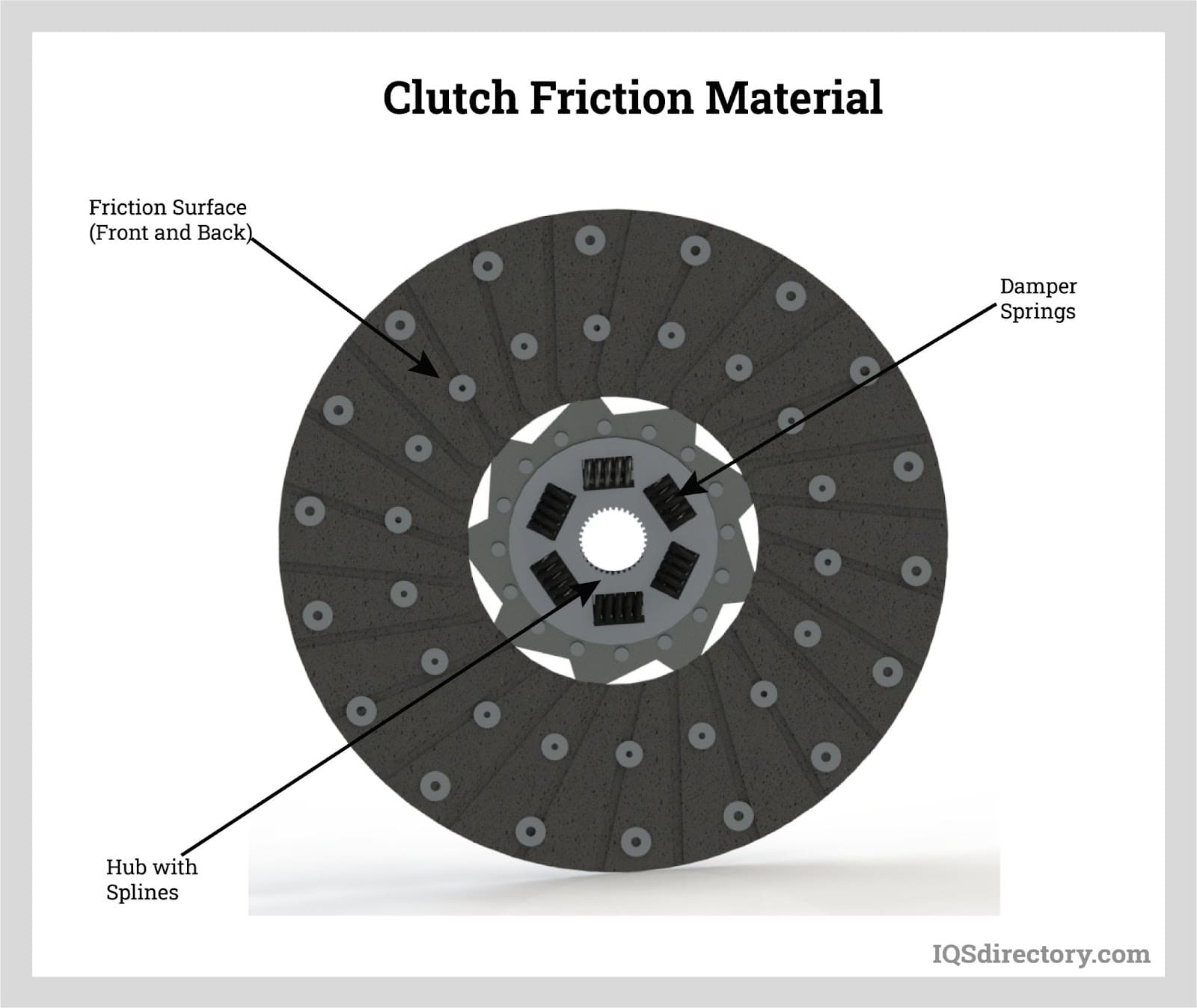
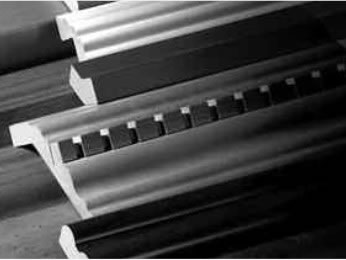 Adhesives
Adhesives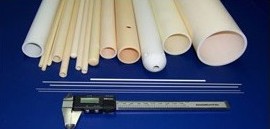 Alumina Ceramic
Alumina Ceramic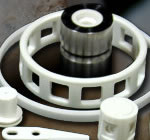 Ceramic
Ceramic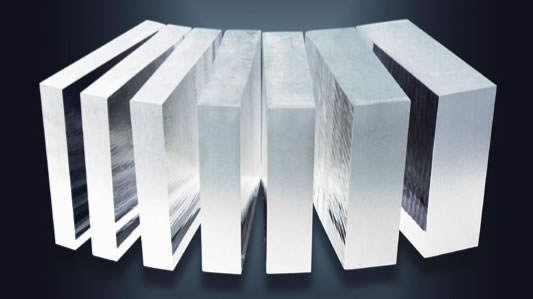 Glass
Glass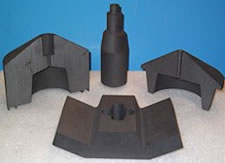 Graphite
Graphite Lubricants
Lubricants Castings & Forgings
Castings & Forgings Bulk Material Handling
Bulk Material Handling Electrical & Electronic Components
Electrical & Electronic Components Flow Instrumentation
Flow Instrumentation Hardware
Hardware Material Handling Equipment
Material Handling Equipment Metal Cutting Services
Metal Cutting Services Metal Forming Services
Metal Forming Services Metal Suppliers
Metal Suppliers Motion Control Products
Motion Control Products Plant & Facility Equipment
Plant & Facility Equipment Plant & Facility Supplies
Plant & Facility Supplies Plastic Molding Processes
Plastic Molding Processes Pumps & Valves
Pumps & Valves Recycling Equipment
Recycling Equipment Rubber Products & Services
Rubber Products & Services